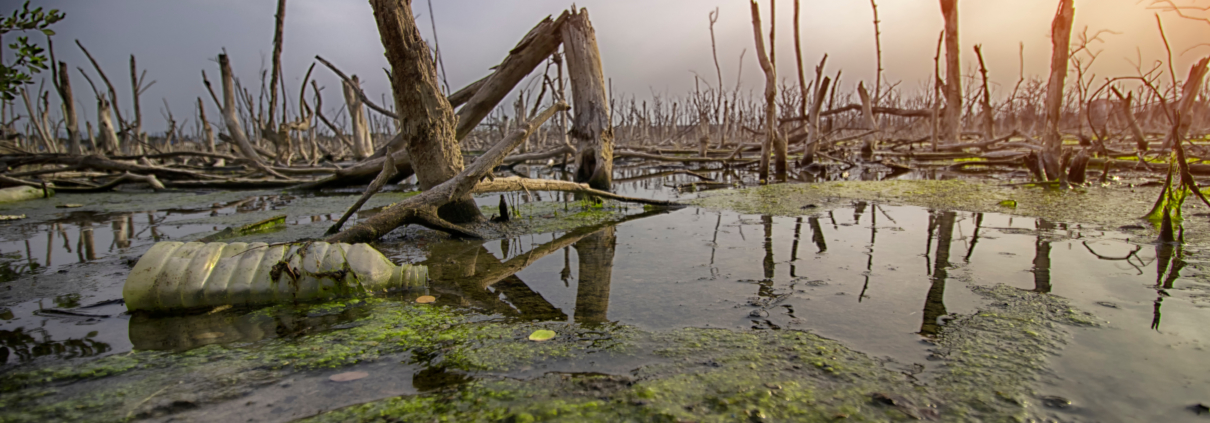Mangroves… What if we lost them all?
Mangrove trees are very unique as they can grow in saltwater habitats. Mangroves line the coastlines of the tropics and cover an area of approximately 16 million hectares. This is only 0.39% of the global forest coverage. One hectare of mangroves is estimated to be worth US$193 000. According to Pendelton et al, the world has lost US$ 19 trillion due to lost coastal ecosystem services.
As ecosystems continue to degrade, the world will suffer more economic losses. Mangroves are responsible for US$65 billion worth of coastal protection across the globe each year. Without mangroves, wave damage and storm damage would be a lot worse for coastal communities. Mangroves can also be used for waste water treatments, aquaculture, fisheries, eco-tourism and small sustainable businesses such as bee keeping.
These beautiful forests can be found along the coastlines and river estuaries of the tropics and some of the subtropics. Many of the world’s poorest communities can be found in these areas. Mangroves provide these communities with the opportunity to generate a sustainable income. Mangroves are very productive places to harvest shellfish and fish to feed local families and to sell on local markets. Ecotourism tours can be set up and employ local guides who have traditional knowledge of the areas. This knowledge base can be expanded to incorporate beekeeping, conservation and sustainable forest management.
Ecologically, mangroves play important roles as fish nurseries. Approximately 60-80% of mangrove fish species are commercially important. Approximately 20% of mangrove fish species are also coral reef fish and make use of both habitats to be able to complete their life cycles. Both commercial fish and coral reef fish are important in maintaining biodiversity as some of these species are top-predators or important herbivores. If we would lose mangroves we would set a cascade in motion that would negatively impact many more ecosystems, not to mention it would impact the lives of millions of people.
The silver lining here is that mangroves are hardy species and can bounce back unlike most ecosystems. Help the world today by conserving and restoring mangrove forests.
References:
Author:
Layla Olefs
Sustainability Manager and Co-Founder of White Green Blue.
Layla is on a mission to create positive impact and to spread awareness about our beautiful home. As a marine conservationist and PADI Dive Master her passion is the marine world and, of course, mangroves. She is the author of our Ecology and Culture blog series. Stephen Olefs, our Community Development Coordinator, is taking the lead in our Green Tech blog series.









